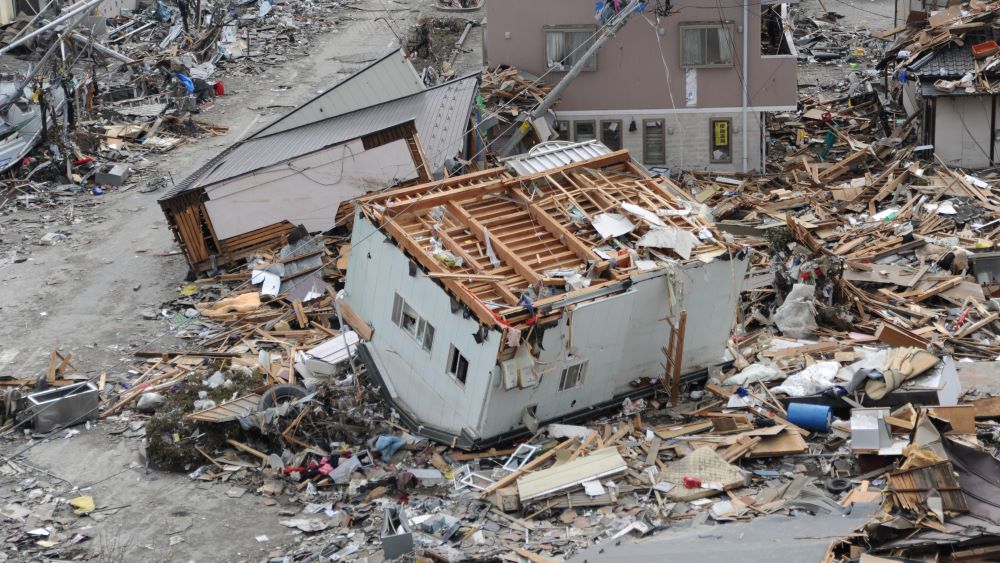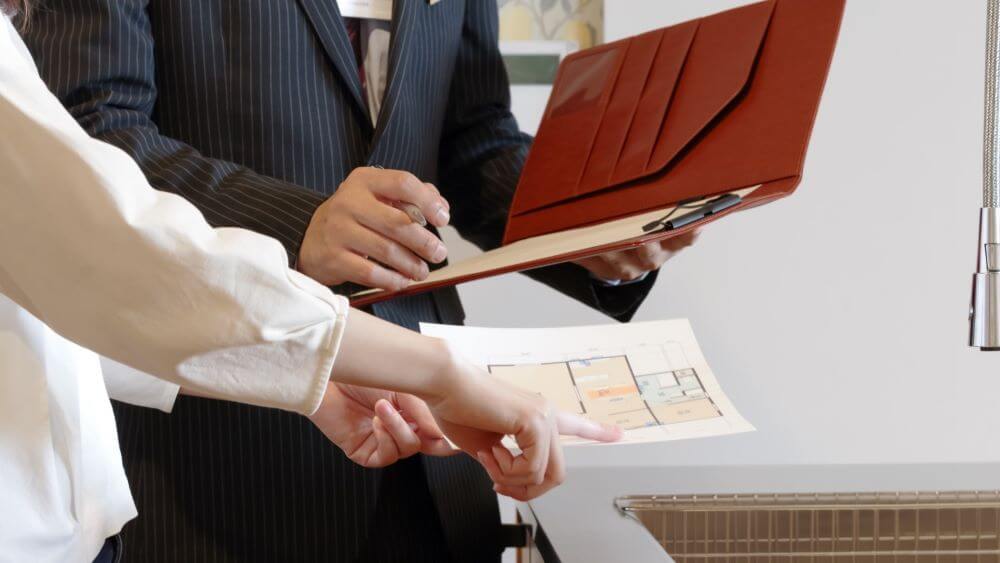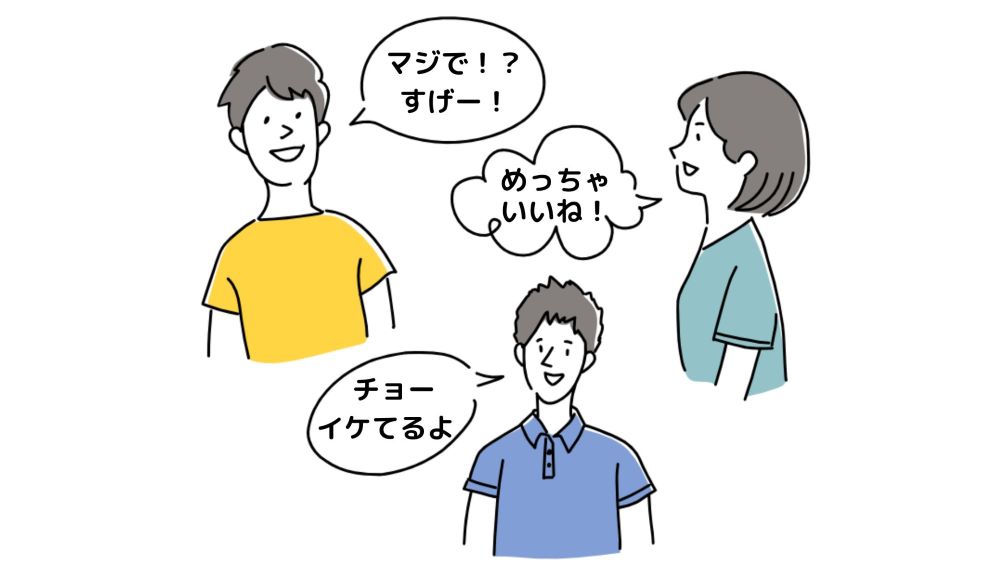Japan is a country frequently affected by natural disasters, with earthquakes being particularly common. These disasters impact many people’s lives, sometimes causing significant damage. This article explains the frequent earthquakes in Japan and provides information on how to prepare for them and what actions to take when they occur.
About Earthquakes in Japan
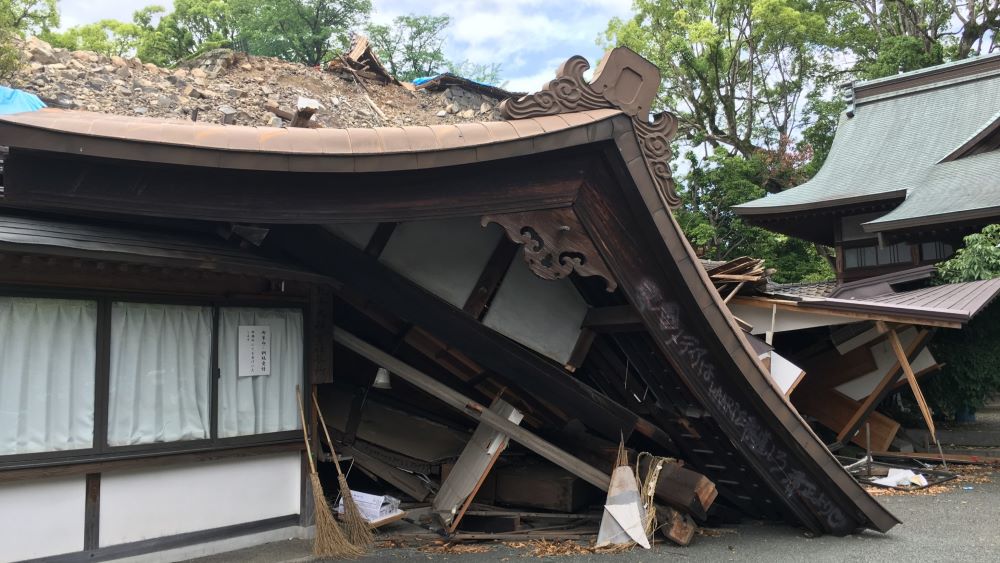
Frequency of Earthquakes in Japan
Japan is known as one of the most earthquake-prone countries in the world, with thousands of earthquakes observed annually. Most are so small that they go unnoticed, but there are about 200 noticeable shakes each year.
Therefore, buildings and infrastructure in Japan are designed to withstand earthquakes, and there are established manuals for what to do when they occur. This preparedness is why earthquakes of the same magnitude that cause significant damage in other countries often result in relatively minor damage in Japan.
Earthquake Scale Measurement Methods
While the magnitude scale (measuring the energy released) is commonly used internationally, Japan uses the “Shindo” scale, which measures the actual shaking intensity. The Shindo scale ranges from 1 to 7. There have been seven recorded instances of Shindo 7 earthquakes in Japan’s history, including the Great East Japan Earthquake, which caused the Fukushima nuclear disaster, and the more recent Noto Peninsula Earthquake.
- Shindo 1: Often unnoticed
- Shindo 2: Felt by many people at rest indoors
- Shindo 3: Felt clearly by people stay indoors and hanging objects sway
- Shindo 4: Felt by even walking or sleeping people; many feel frightened
- Shindo 5: Strong enough to require holding onto something, items fall from shelves, and windows may break
- Shindo 6: Difficult to stand, and some parts of wooden structures may collapse
- Shindo 7: Impossible to move by will; even some concrete buildings may be damaged
Regions Prone to Earthquakes
People considering living in Japan might want to know which areas are more prone to earthquakes. Actually, the frequency of earthquakes varies by data and period and it’s hard to determine which area has the most risk.
However it is scientifically proven that regions that experience a significant earthquake often face repeated tremors. For example, aftershocks from the Great East Japan Earthquake over a decade ago still continue. Future earthquake risks can be researched through the Japan Meteorological Agency and the Japan Seismic Hazard Information Station.
Earthquake Preparedness
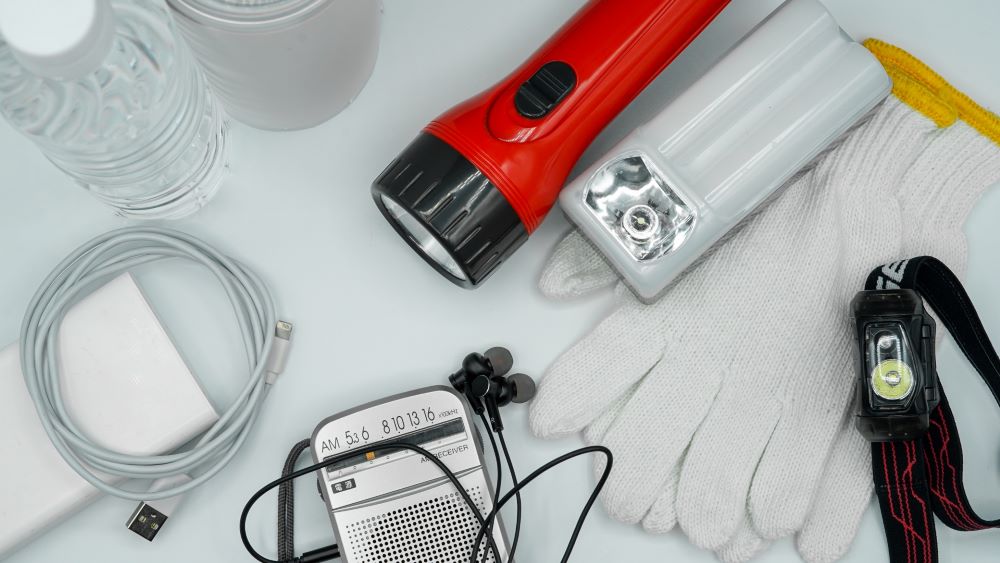
Pre-Earthquake Measures
Prepare Emergency Supplies
Secure Furniture
In earthquake-prone areas, secure furniture to walls to prevent toppling and use stoppers for easily opened doors. Japan has many earthquake preparedness items available at home improvement stores and 100 yen stores.
Gather Information
Actions When an Earthquake Occurs
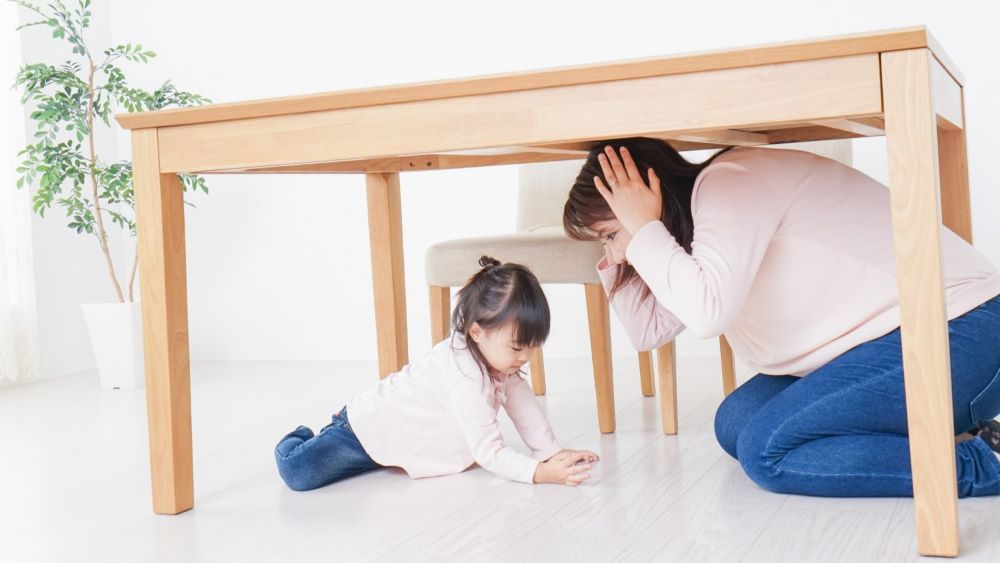
During the Earthquake
- Immediately hide under a desk or table to protect yourself from falling objects.
- Cover your head with a cushion or thick cloth if available.
- If there is a risk of building collapse, evacuate once the shaking stops.
- If indoors is safer, stay there and monitor disaster information via TV or smartphone.
After the Shaking Stops
- In the case of a strong earthquake, there may be two or three more tremors after the initial shaking stops.
- Also be aware that earthquakes can trigger secondary disasters like fires and tsunamis.
- Continue to stay alert and follow instructions from local authorities.
Regularly check trustworthy news and information websites. Bookmark multilingual or easy-to-read Japanese sites for quick access during emergencies. Major disasters often prompt the creation of special information websites for affected areas.
What to Do in Specific Situations
Receiving an Alert
When a major earthquake is anticipated, the government may send an alert to your mobile phone. These alerts typically sound just before the earthquake strikes, so upon receiving one, immediately move to a safe place. If you cannot move quickly, check for falling objects and protect your head.
Loss of Electricity or Gas
If gas or electricity is cut off during a disaster, it likely means the entire area has experienced an infrastructure shutdown. In most cases, services will be restored after a short wait. If you were using gas stoves or electric heaters, make sure to switch them off. This precaution prevents fires when the utilities are restored.
Structural Damage
If your home suffers structural damage, evacuate immediately. Take essential emergency supplies and items necessary for shelter living, and leave the house. Do not return until you receive instructions from local authorities.
Driving During an Earthquake
Slow down and pull over to the left if safe. Assess the situation; stopping the car may be dangerous depending on circumstances. If you need to evacuate, turn off the engine, leave the keys in the car and doors unlocked so that emergency crews can move the vehicle if necessary.
Earthquakes are a frequent natural disaster in Japan, but proper preparation and measures can minimise damage. Maintaining a disaster-conscious mindset and being ready for emergencies is crucial. We hope this article helps you enhance your earthquake preparedness.
